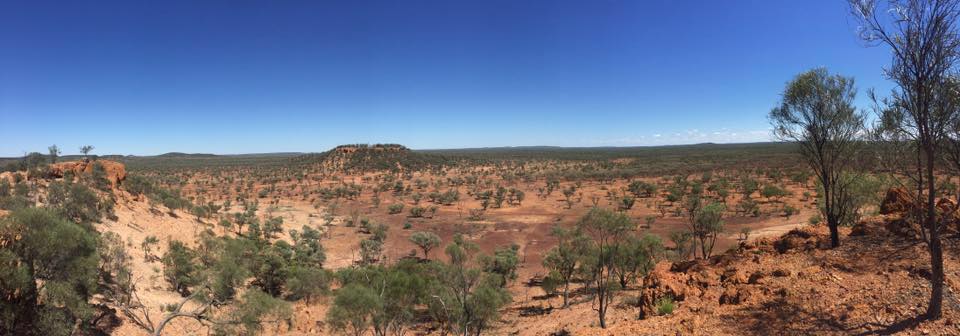- Climate Friendly
-
Social media
LinkedIn
Authored by Climate Friendly.
Data is at the core of Climate Friendly’s business. We and our carbon farming partners collect an enormous amount of environmental, carbon and land management data, from the feasibility stage before project commencement, right through the implementation of a carbon farming project, a period that can span 35 years.
The data takes many forms, from various satellite sets and fine resolution 3D LiDAR imagery to precise field data and land management and livestock information. To give a sense of the volume – the spatial data collected across our portfolio is more than seven million high resolution iPhone photos. When integrated with other data types, the volume is much greater with complex interconnections.
Our success depends on the integrity of our data, which is used to measure and verify carbon abatement under a stringent regulatory and financial framework. Without quality data, we wouldn’t be able to generate the carbon credits that underpin our crucial work.
If we think about this on a national scale, it’s clear that environmental data will be key to whether Australia is able to drive investment in nature repair and carbon drawdown, to meet its global commitments.
That’s why Climate Friendly believes it’s important that data is shared in a way that promotes continuous improvement of national carbon, environmental and agricultural monitoring systems.
The extent and quality of data available to researchers and policy makers will determine whether Australia successfully halts its biodiversity decline and achieves Net Zero emissions by 2050, while growing its agricultural productivity to meet the demands of a bigger population.
In the case of carbon farming projects, data is tightly linked to privacy laws and the livelihoods of individual land managers. Therefore, there are careful legal, ethical and technological considerations in enabling access to this information, while protecting confidentiality.
This short gif shows the varying detail and resolution of different satellites viewing the same area of a carbon farming project.

